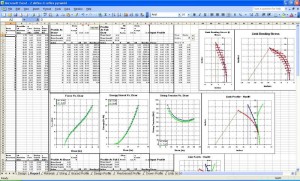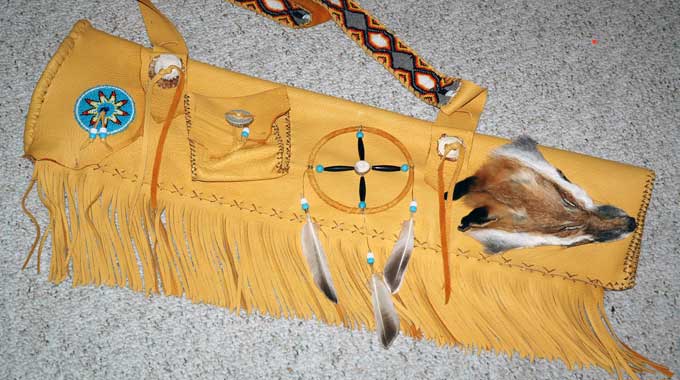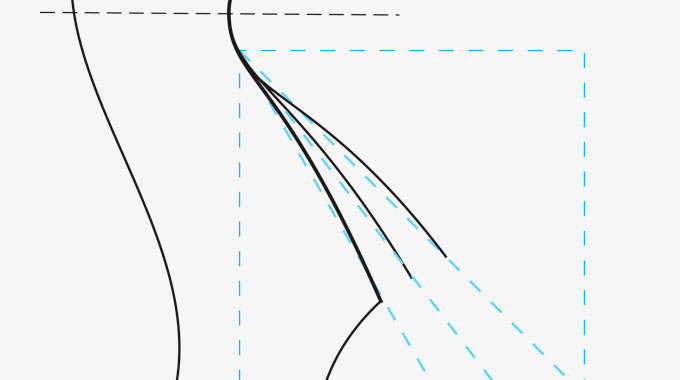One of the most comfortable quivers to carry in the field or woods is a…
Some folks think I’m crazy for computer modeling bows
Do you think I’m crazy for trying to do computer modeling of bows? Some of my chat room friends sure think so. Check out these quotes…
I don’t graph storage per inch…remember, I don’t fart around with SuperTiller…
…just razz’n ya buddy.”
Jimbo, you do realize that we will tease you mercilessly about SuperTiller…
…that is until we learn how to use it.”
I’ve often been accused of being more of a bow designer than a bow maker. I guess that might be true to a certain extent. I have a 45 minute one-way commute to the office and spend much of this time “designing” bows in my mind. I find it amazing how a stick bow is so simple, but the physics of it are so complex.
One of the coolest tools I like to use when designing bows is “SuperTiller”, a computer modeling program written by Alan Case. I believe he is an engineer, and that is very likely because the math behind this program is very complex. Mr. Case wrote this program to run in Microsoft Excel using macros. The way it works is by breaking a hypothetical bow limb into several segments and calculating how these segments “bend” as the bow is pulled to full draw. You enter all of the design parameters of the bow you want to model: length, width, thickness, materials, material type, string type and number of strands, etc. Then when you run the program, it will “draw” the bow and spit out many charts and graphs. The most useful chart, it seems, is a force/draw curve. It also cranks out the back view profile, side view unbraced profile, side view braced profile, and side view full draw profiles. I find these very useful when considering a new bow design just to see how SuperTiller predicts that the bow will bend. Obviously, there is no substitute for building a real bow and testing it, but I think that by testing bow changes in SuperTiller, I’ve learned a lot about how each design feature affects the way a limb bends and how it affects the resulting force/draw curve.
 It is a very complex program and I won’t even try to convince you or anyone else to believe that I understand completely how it works. The thing is…it works pretty well. I’ve plotted both my reflex/deflex hybrid longbow and take-down recurve designs in the program to see how it works. The profiles it generates model the real-life versions of these bows very closely.
It is a very complex program and I won’t even try to convince you or anyone else to believe that I understand completely how it works. The thing is…it works pretty well. I’ve plotted both my reflex/deflex hybrid longbow and take-down recurve designs in the program to see how it works. The profiles it generates model the real-life versions of these bows very closely.
I’m not aware of anywhere that you can download all three versions of the program and the instructions guide, so I built a page on this website with a simple SuperTiller build-along and provided download links for the program. I might be able to answer simple questions about the program, but if you have really intelligent questions, 🙂 you will get a better answer by contacting Mr. Case himself. The instructions PDF says you can reach him by email at ahcase@comcast.net.
Click here to read the rest of the rest of this story at the “How to use SuperTiller build along”…





In the middle of designing a parallel limb recurve attempting to have bow at 75% max weight at brace. Would love to talk about where I’m at. Email me if your are interested in talking. cmblackburn74@gmail.com